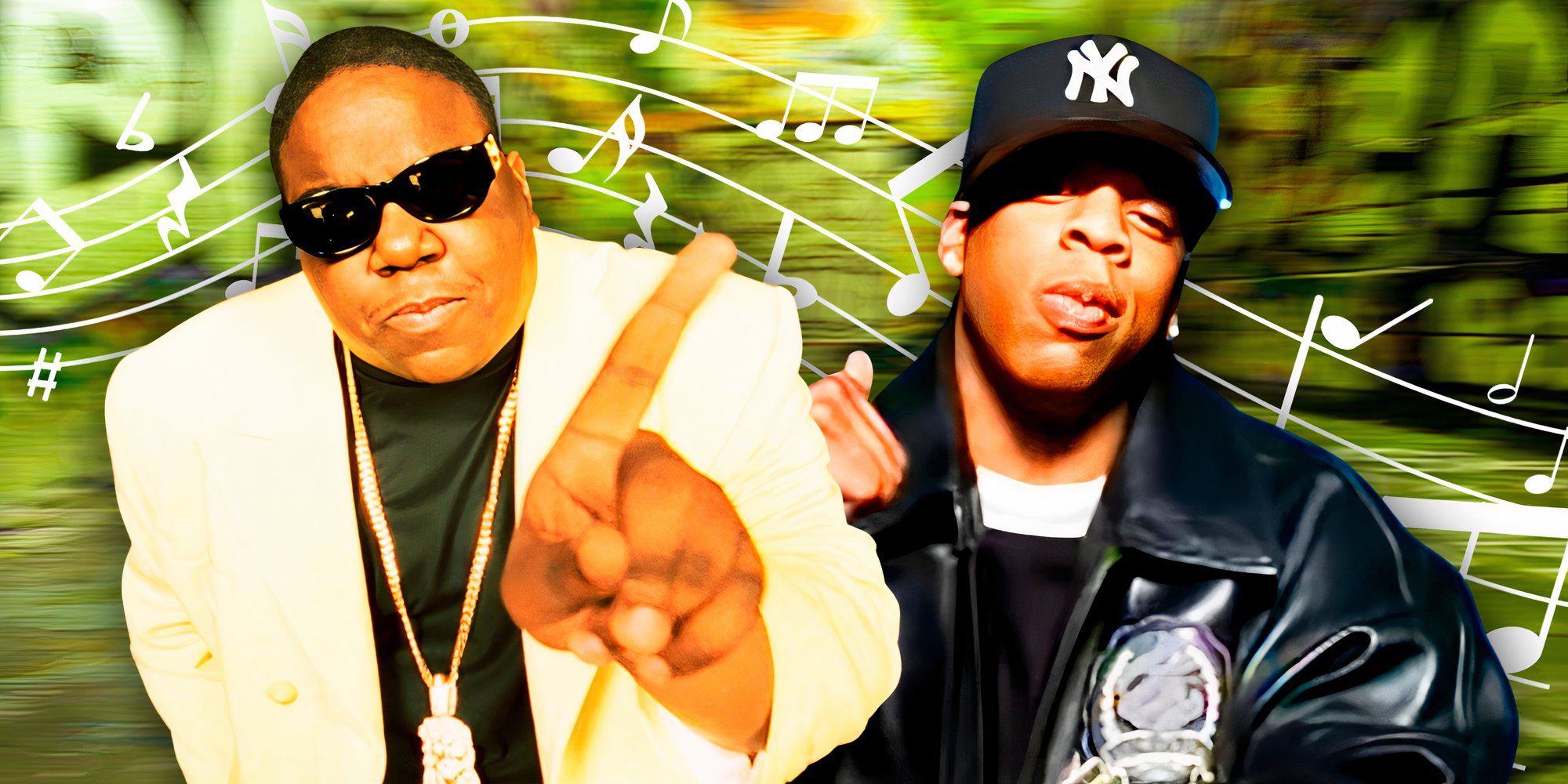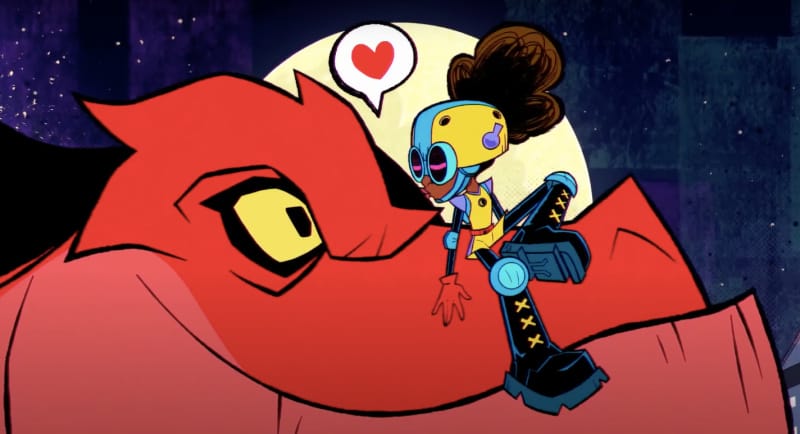The rap industry and genre were largely revolutionized by female rappers. The creation of hip-hop dates back to the year 1973, after DJ Kool Herc experimented with his turn-table at a back-to-school party. This gave birth to breaking and scratching records, which bled into break dancing and MCing, the crux of what rap is all about. All of these elements would evolve overtime, as did its diversity.
As rap grew as time passed, so did how women entered the genre. As with most things, musicians in hip hop were predominantly male, and at one point, exclusively male. As time passed, more women joined the game and changed it for the better, launching rap to another level. Today, some of the biggest rappers on the planet are female and many of the biggest rap songs on the planet are produced, written, and performed by female rappers. To truly understand the importance of the female presence in hip-hop, one must circle back to the genre’s inception to trace its pioneers who continue to impact rap’s past, present, and future.
13
MC Sha-Rock
Career Began in 1977
Sharon Green was a member of the local Bronx hip-hop group called the Funky 4 +1, from which she adopted the name Sha-Rock. Funky 4+1 themselves were revolutionary, serving as the first hip-hop group to get a record deal and the first to perform live on television. The Funky 4+1 first performed on the February 14, 1981, episode of Saturday Night Live, hosted by Debbie Harry of Blondie fame. Harry then asked the group to accompany Blondie on tour as their openers, but Funky 4+1’s record label, Sugarhill Records, forbade them from doing so.
Sha-Rock, meanwhile, has her name etched in history forever as rap’s first female MC. Female presence within the rap space begins officially with Sha-Rock. Many of the phenomenal contributions of the female voices to the hip-hop genre could not be feasible if Sharon Green didn’t first leave her footprint on the genre.
12
Roxanne Shante
Career Began in 1984
The Queens native has had a significant impact on hip-hop in more ways than just one. Born Lolita Shante Gooden, she was a member of the Juice Crew who found herself in the middle of a rap beef of sorts. After U.T.F.O. had dropped out of a show, the promoters DJ Mr. Magic, Tyrone Williams, and Marley Marl reached out to 14-year-old Lolita to produce a diss record to U.T.F.O. made in response to their new hit record, “Roxanne, Roxanne.”
“Roxanne’s Revenge,” sampling “Roxanne, Roxanne.” This sparked the infamous “Roxanne Wars,” particularly between Shante and “The Real Roxanne,” Adelaida Martinez. This is cited as the first example of rap beef. Before Drake and Kendrick Lamar had beef, the idea of beef was still foreign in the 80s, but now it’s a prevalent part of the genre.
11
MC Lyte
Career Began in 1984
While Roxanne Shante and MC Sha-Rock made strides early in the hip-hop industry, MC Lyte excelled when it was still a male-dominated genre. She is the very definition of a trailblazer, proving that not only could a woman achieve exponential success in the rap world, but showing how a woman could be just as skilled as men. She proved just as lyrically sound as her male peers, and in some cases, proved she could rap even better than some of the men.
1988’s Lyte as a Rock marked the first time a woman released a full solo rap album, while her 1993 hit single “Ruffneck” marked the first time a solo female artist in any genre received a gold certification. Her respect in the game has allowed her to stand shoulder-to-shoulder with rap legends like Jay-Z. In addition, under the Barack Obama administration, MC Lyte was the first female rapper to ever be asked to perform at the White House.
10
Salt-N-Pepa
Duo Formed in 1985
Salt-N-Pepa managed to break ground on not only female rappers, but rappers in general. The duo were among the first to achieve mainstream commercial success, as rap was still considered niche and underground at the time. Songs like “Whatta Man” and “Push It” helped bring hip-hop to wider audiences in a way that was societally acceptable. Furthermore, their provocative lyricism was considered bold at the time, but the sex-positive topics in their records helped normalize conversations about it.
Their mainstream success opened doors for other female rappers to achieve the same level of success. The two didn’t just make hip-hop sound cool, but look cool as they helped provide a fashionable identity to hip-hop culture. Much of the colorful vibrance that hip-hop was associated with having back in the 80s and 90s started thanks to the outfits that Salt-N-Pepa would wear.
9
MC Trouble
Career Began in 1987
MC Trouble may not sound familiar to many readers compared to others mentioned, but she is nonetheless groundbreaking for what she was able to achieve during her career. MC Trouble is the first female rapper to be signed to Motown Records. The legacy of Motown is nothing less than iconic, having housed Michael Jackson’s best albums and icons of music like Stevie Wonder, Marvin Gaye, and The Temptations. Motown signing a rapper of any kind, particularly a woman, made a statement to the public.
For starters, as hip-hop slowly started to gain a profitable audience, Motown signing a rapper showed that rap was worth investing in, as was investing in representation. She left her footprint in the game as the first rapper to blend R&B sounds with rap verses. This would become the norm, and something that Mariah Carey would perfect into hip-pop.
8
Queen Latifah
Career Began in 1988
Queen Latifah remains one of the biggest superstars to emerge out of the rap game, as well as the first. Salt-N-Pepa helped hip-hop as a genre crossover into the mainstream, but Queen Latifah showed how a rapper – male or female – could cross over into other markets. She paved the way for the likes of other rappers like Will Smith and Ice Cube to find success in movies and television, most notably as the star of Living Single. She also crossed over into other business avenues, like her Flavor Unit production company.
Queen Latifah regularly pushed strong virtues, Black empowerment, and feminism into her lyrics, and instead of receiving pushback, the culture embraced her.
Beyond even being a jack of all trades, she’s respected as a lyricist in the same way that MC Lyte was before her: being viewed as being just as good on the mic as any man. Queen Latifah regularly pushed strong virtues, Black empowerment, and feminism into her lyrics, and instead of receiving pushback, the culture embraced her.
7
Lauryn Hill
Career Began 1988
By the time she released her first and only solo album, The Miseducation of Lauryn Hill, this rapper was already a game-changer as the first woman to win a Grammy for Best Rap Album as a member of The Fugees. The album’s single, “Killing Me Softly,” was the best-selling single of 1996, showing just how substantial and successful rap was becoming. When it came time for her to breakout into singles success, The Miseducation of Lauryn Hill became the first album by a female rapper to debut at number one on the Billboard Hot 100.
The project would become the first rap album to win Album of the Year. In achieving so much success for herself, Lauryn Hill is revered by many worldwide as being the greatest female rapper of all time. While that’s certainly subjective, the numbers and stats make a strong argument for her.
6
Da Brat
Career Began in 1992
As the perception of women in rap continued to evolve in the 90s, Da Brat would help change the narrative by helping to push what female rappers were thought to be capable of. Da Brat would reach the pinnacle of success in the rap game, becoming the first female solo rap artist to go platinum after 1994’s Funkdafied sold more than one million copies worldwide. This was especially impressive when Da Brat was presented as masculine and tomboyish to a largely heterosexual male audience.
It was clear in the 90s that the rap community and, really, society at large still wasn’t very accepting of the LGBTQ+ community, but Da Brat broke beyond those barriers. People saw past her appearance and aesthetic in favor of championing her music and her lyrics.
5
Lil Kim
Career Began in 1994
In many ways, Lil Kim helped build the house of hip-hop itself. Both men and women have been influenced by Kim’s style of rapping. If not for Lil Kim, most of the younger artists on this list either would not have careers or would look and sound far different than they do today. The biggest caveat to Lil Kim’s impact on rap is her unflinching sexual confidence as an artist. She wasn’t afraid to speak explicitly on her records, and just as unafraid to dress in a manner that many considered to be risqué at the time.

Related
“If BIG Had Survived, Y’all Would’ve Got The Commission:” Jay-Z & Notorious B.I.G’s Planned Supergroup Explained
Some critics question if Jay-Z would still be successful if The Notorious B.I.G. was still alive. If we got The Commission, would the answer change?
The bravery and boldness that Lil Kim expressed in her lyrics inspired an entire generation of female rap artists, who themselves will continue to inspire the next generation. Doing so ensures that the Queen of Junior M.A.F.I.A’s legacy as a rapper lives on forever.
4
Gangsta Boo
Career Began in 1994
Speaking of explicit rap lyrics, there is not a dirtier brand of lyricism than that found in the Dirty South. In contrast to the often feminine lyrics spewed by many of the aforementioned artists, Southern hardcore rap is always portrayed as gritty, unapologetic, and sometimes even violent. The hard nature of such a style was usually saved for male rappers, but Gangsta Boo refused to be confined to genre stereotypes. The late First Lady of Three 6 Mafia was the first major female rapper to emerge out of the Southern rap scene.
The presence of a female rapper in the hip-hop space was still rare, but even rarer was a hardcore female rapper. Gangsta Boo used the distinction to her advantage, helping her stand out at the time. Today, the likes of GloRilla, Rico Nasty, and the City Girls proudly follow in Gangsta Boo’s footsteps.


















